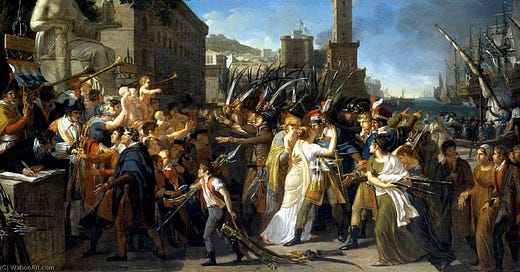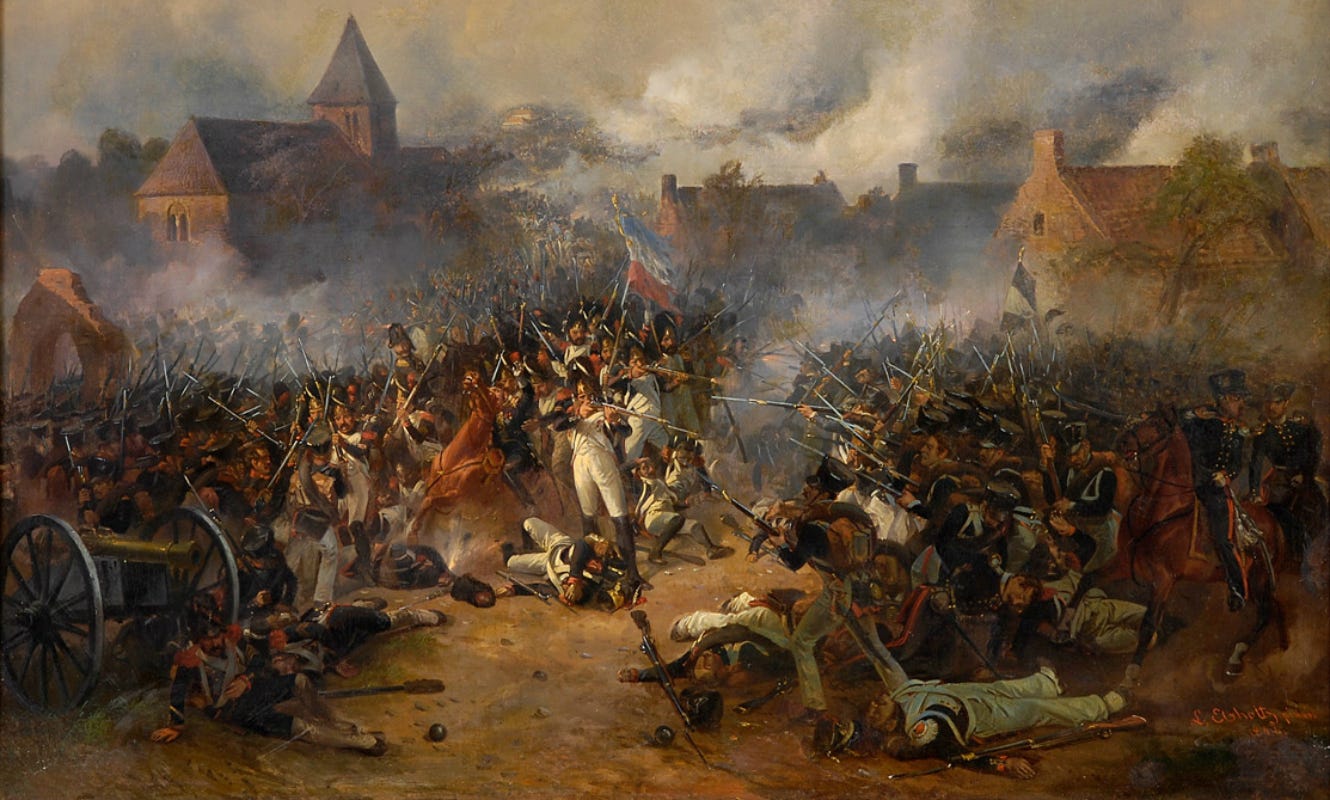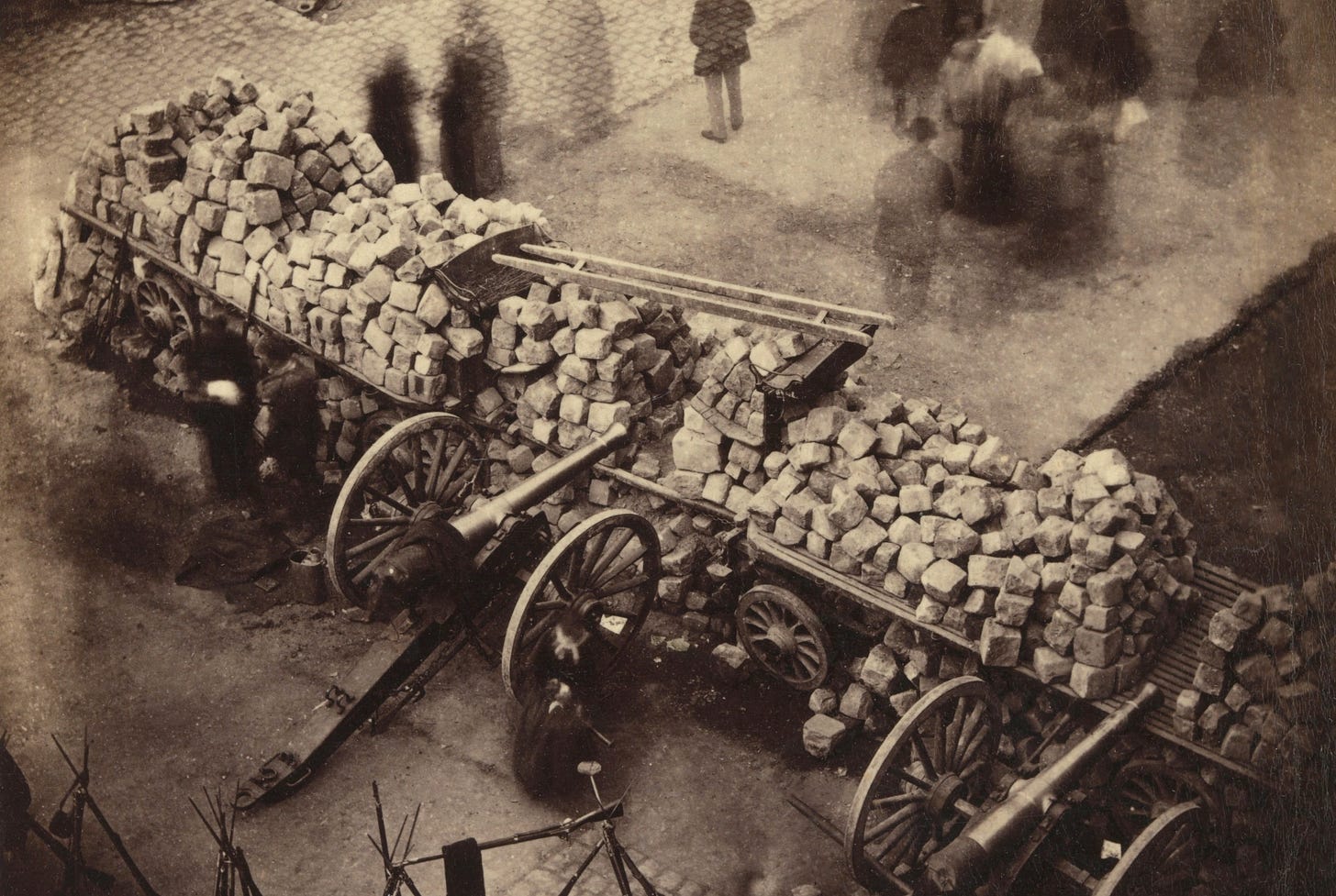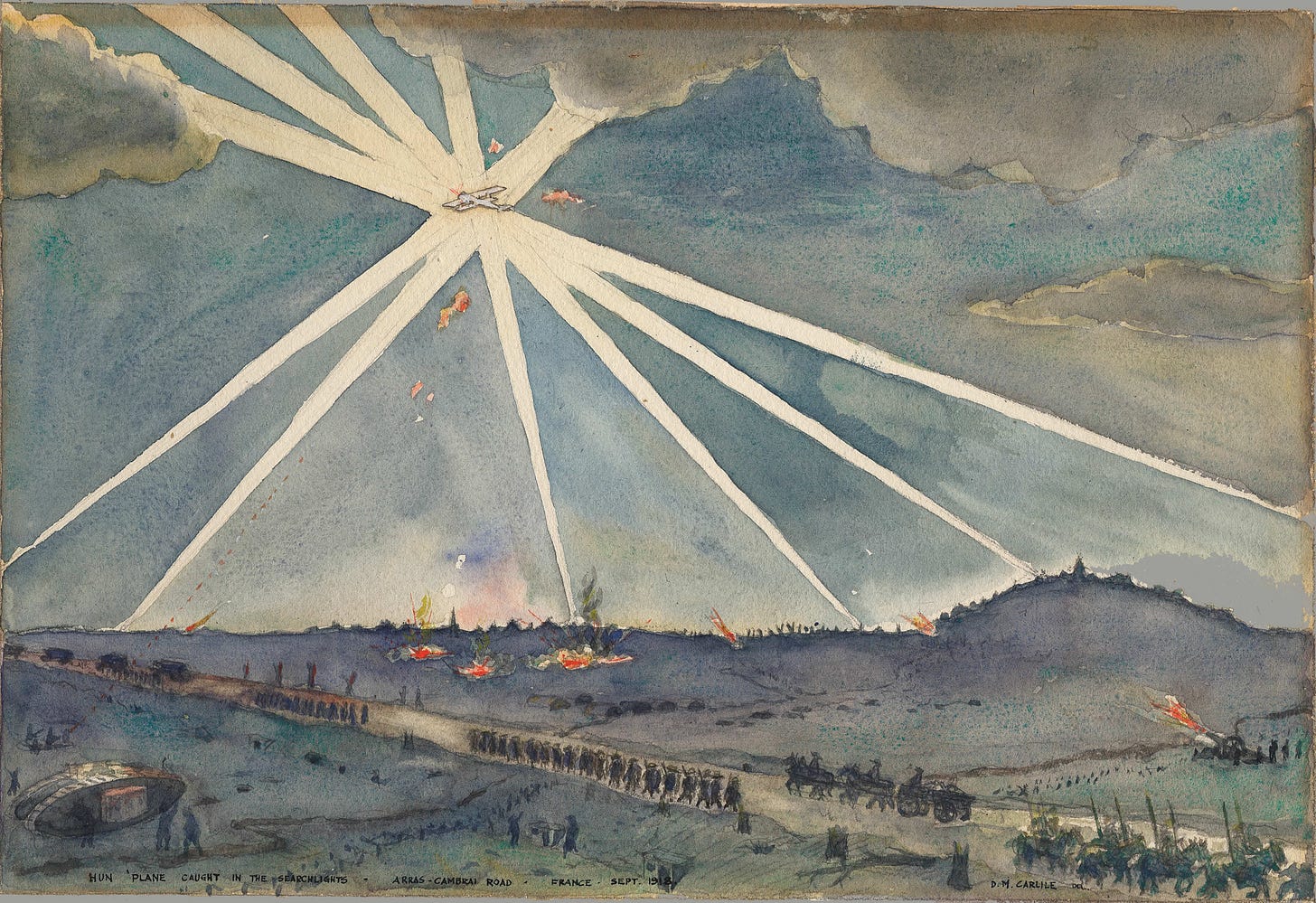Journal Entry on Clausewitz - Ernst Jünger
Kirchhorst, 21 July 1945
Unconditional surrender. This is the counterpart to total war; utmost effort followed by total inaction. Clausewitz does not yet know of such a situation. His “absolute war” does indeed have the aim of imposing its will on the enemy, but this aim is tempered by the “real” war and reappears in political considerations, in the treaty. This war is not fought by two powers destroying one another, but is a “tension between two separate elements” discharged by a series of battles. The French Revolution brought true war closer to absolute war, blurring the line between politics and warfare. The “ruthless Bonaparte” relentlessly pursued this movement. “But just as restless were the defeats”. The chapter on “arming the nation” is still very readable. Clausewitz sees it as a necessary evil, a state of anarchy declared lawful and in need of many restrictions, and it is still debatable which he considers greater – necessity or harm. According to him, it is only effective within the country. The strategy is threatened by a “cloud-like” disintegration which accompanies arming the people.
Clearly the wars in Russia and Spain have impressed him more than the Cannonade of Valmy. The profound distrust with which the Prussians entered the nineteenth century is to be found everywhere. He wonders whether the division between real war, which he calls a “Halbding”, and absolute war, to which he is evidently inclined, should be restored. In real war, passion rules; in absolute war, reason rules. The absolute spirit must never lose control of real war; it must tear away when the situation threatens to become hopeless. Physical violence is a means to an end, not an end in itself. War is at once enmity, free reign (Spielraum), and a means; in the first capacity it is waged by the people, in the second by the army and the commander, in the third by the government. These are the views of the artist of war, a leader of the military college.
Clausewitz took part in the War of 1813 as an officer in the Russian General Staff. Nevertheless, I was surprised to find his book in Russian public libraries. He still lived entirely within the class state, was closer to Kant than to Hegel, and, although he worked in Scharnhorst’s office, was closer to cabinet warfare than to people’s warfare. His wars have a controlled dynamic, and an architecture is retained in them. He loves architectural imagery, he still uses terms like “theatre of war”; the commander stands like an obelisk in the middle of the landscape, the great roads lead to him.
The course of our wars no longer conforms to Clausewitz’s theory. For him, war culminates in a decisive battle and then wanes: the spirit is tested by the resistance of matter. Today the end bears the burden; the effort becomes tremendous. This suggests that the spiritual part of the process has weakened, the volitional part has grown stronger, and that the elemental forces are advancing. The force of the avalanche is also becoming stronger, a conflagration consuming to the core.
The conservative spirit wants to preserve itself, even in the enemy, it is in his nature. In this respect, Bismarck was already an immoralist, when compared, for example, with Wilhelm I and Harry Arnim. For Clausewitz, unconditional surrender would only have made sense where conditions present a limit, in a fortress war. He would also have acknowledged the decisive battle, as Ludendorff did, and advised the government to negotiate after the 1918 effort had reached its culmination. Today this is treason, and Rommel dared to suggest it only when the outcome of the 1944 invasion, and thus the outcome of the war, was foreseeable. The states have become fortresses, and the nature of the decisive battle extends over the full scale and duration of the war effort. The war is forced onto a treadmill, where it loses its operational character and takes on its most mindless form, namely, a war of attrition – without winter quarters and with long endgames whose conclusion is foreseen but not immediate.
Clausewitz feared something like this, although at the time there was still no talk of the electric telegraph or the railway. In his chapter “On the Character of Modern War” he states “that a country of great size could not be conquered (which might well have been foreseen).” There he also foresees the danger of freezing operations:
“Obviously, wars waged by both sides to the full extent of their national strength must be conducted on different principles from wars in which policy was based on the comparative size of the regular armies. In those days, regular armies resembled navies, and were like them in their relation to the country and to its institutions. Fighting on land therefore had something in common with naval tactics, a quality which has now completely disappeared.”
Clausewitz tries to portray how the genius of “absolute” warfare must reconcile with the “real” warfare waged after 1789 between states where the citizen is in charge, whether de facto or mentally. Clausewitz likely would have seen nothing more than a barbaric utopia in the way wars are waged between workers, although like Tocqueville he already had an idea of the necessary substrate, the great space (Großraum). “My ambition was to write a book that would not be forgotten in two or three years’ time.” That was achieved. Since its publication, his work has been constantly called upon to explore the “mathematical factor” underlying the mere reality of war and its contingencies. Even today he provides good information, even regarding issues not reflected in his work. There is a sense that a decline is taking place. At the same time, the situation is becoming clearer as the forms disappear. Destiny becomes stronger; freedom diminishes.







